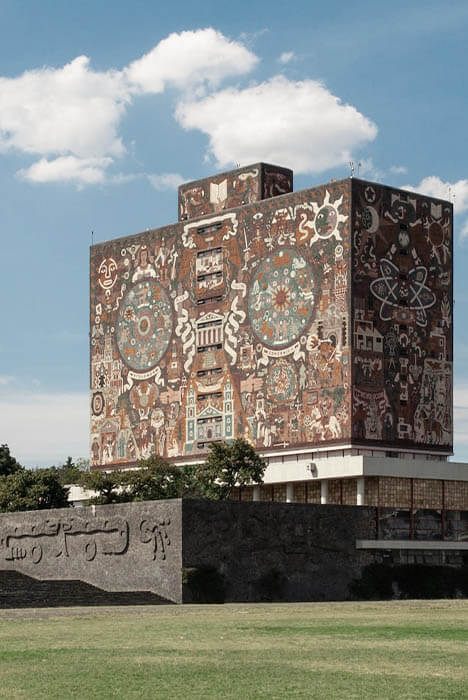Multilingualism in Latin America

I consider multilingualism not only from a historical perspective but also as a paradigm of contemporary Latin American literatures. In addition to the use of different languages in the Latin American avant-gardes, often exemplified by figures like the Brazilian modernist Oswald de Andrade or the Ecuadorian surrealist Alfredo Gangotena, who chose French as the language of their artistic expression, I am interested in multilingualism as a mode of theory.
Together with my colleague Elena von Ohlen, I have chaired a panel (Asosiación Alemana de Hispanistas, Graz 2023), which examined the dialogue between Spanish with indigenous languages. This dialogue is inherently engaged due to its translingual nature, as evidenced in the works of Chicano authors like Francisco X. Alarcón or indigenous Chilean writers like Elicura Chihuailaf and Jaime Luis Huenún. Currently, Elena von Ohlen have also submitted a dossier commemorating the 35th anniversary of the publication of Gloria Anzaldúa’s Borderlands/La Frontera. The New Mestiza, which, notably, became a manifesto of multilingual writing (English-Chicano-Spanish-Nahuatl), in part due to its unique form.Links
• Member Research Network Brazilian-Italian Cultural Exchange: Transatlantic Interaction and Knowledge Circulation, project: The Italian Poetry of Cecília Meireles
Article on Cecília Meireles and Gabriela Mistral as Readers of Rabindranath Tagore: Negotiating Gender between Latin America and India
• Multilingualism in Latin America: Spanish in Dialogue with Indigenous Languages, Panel Asociación Alemana de Hispanistas (2023, Graz, Austria)
• Multilingualism in Literature and Theory, graduate/undergraduate class Goethe University Frankfurt
• Digital Study Day Gloria Anzaldúa Borderlands/La Frontera. The New Mestiza, Free University Berlin
Article on Cecília Meireles and Gabriela Mistral as Readers of Rabindranath Tagore: Negotiating Gender between Latin America and India
• Multilingualism in Latin America: Spanish in Dialogue with Indigenous Languages, Panel Asociación Alemana de Hispanistas (2023, Graz, Austria)
• Multilingualism in Literature and Theory, graduate/undergraduate class Goethe University Frankfurt
• Digital Study Day Gloria Anzaldúa Borderlands/La Frontera. The New Mestiza, Free University Berlin